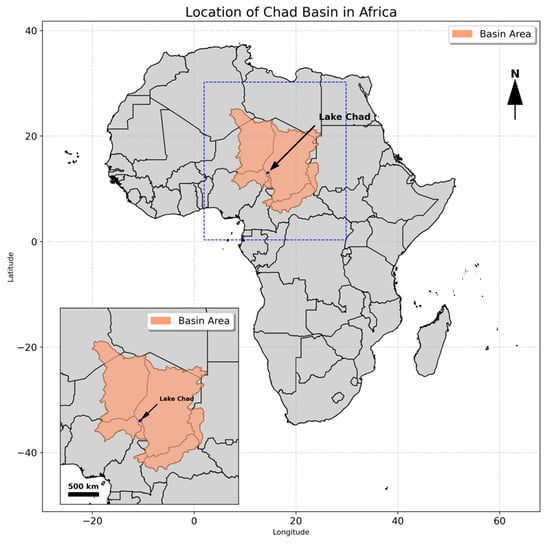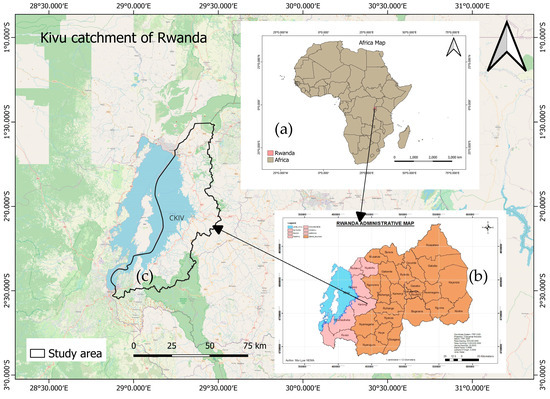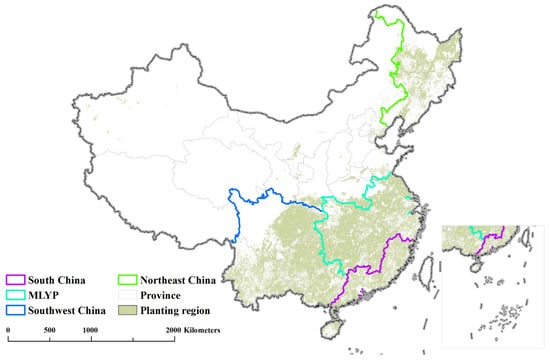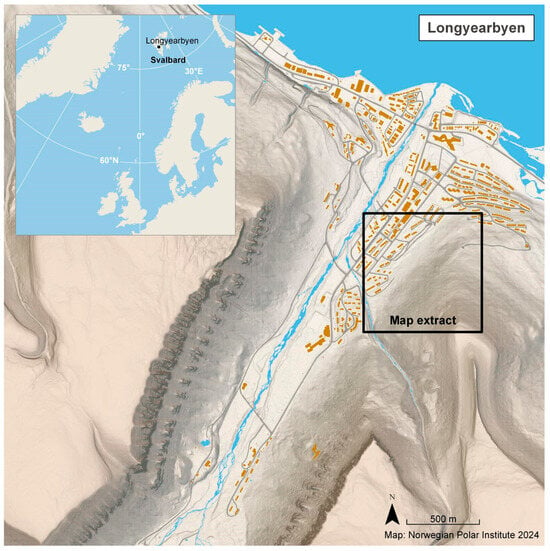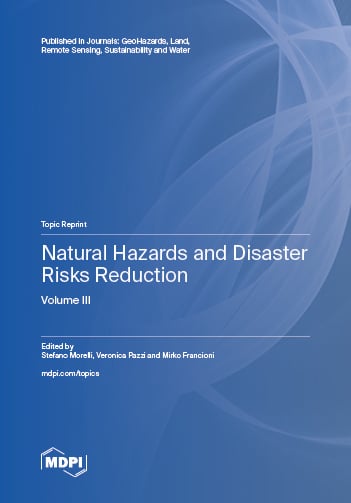- Article
Quantifying Causal Impact of Drought on Vegetation Degradation in the Chad Basin (2000–2023) with Machine Learning-Enhanced Transfer Entropy
- Arnob Bormudoi and
- Masahiko Nagai
Establishing quantitative causal relationships between drought indicators and vegetation degradation in the Chad Basin remained challenging due to statistical limitations of applying traditional Transfer Entropy to finite-length remote sensing time series. This study implemented a Machine Learning Enhanced Transfer Entropy structure to quantify directed information flow from primary drought drivers of precipitation and land surface temperature to vegetation dynamics from 2000 to 2023. A feed-forward neural network trained on 10,000 synthetic samples with known theoretical Transfer Entropies enabled causal inference from 24-year MODIS-derived NDVI, land surface temperature, and precipitation. The trained model was applied over 10 million pixels, producing Transfer Entropy maps. Results showed that precipitation and land surface temperature exerted comparable causal influences on NDVI, with mean Transfer Entropy values of 0.064 and 0.063, ranging from 0.041 to 0.388. Spatial analysis revealed distinct causal hotspots exceeding 75th percentile threshold of 0.069, indicating driver-specific vulnerability zones. The decline in mean annual NDVI from 0.225 in 2019 to 0.194 in 2023, together with spatially divergent hotspots, highlighted the need for geographically targeted land management. The study overcame finite-length time-series limitations and provided a replicable pathway for vulnerability assessment and climate adaptation planning in data-constrained drylands in the Chad Basin in Africa.
21 December 2025


